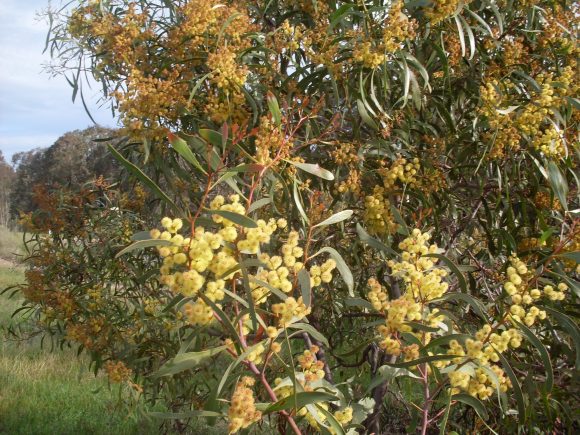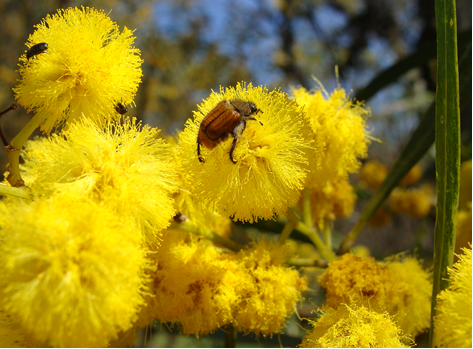26 September 2017 | By Mathys Strydom
A recent study by C.I.B PhD graduate Mathys Strydom (currently at the Academy of Environmental Leadership) found that annual seed input of invasive Australian Acacias is still high, despite the use of biological control agents.
Invasive alien plants are able to produce a large number of propagules that allows them to grow and compete with native plants. Propagules are structures that can give rise to new plants such as cuttings, seeds or spores.
In South Africa, the seeds of invasive Australian Acacia species are stored in the soil (called “seed banks”). These seed banks pose the greatest obstacle to the removal and management of these species. An arsenal of biological control agents, some released as long as 30 years ago, are an attempt to keep this seed production in check. However, despite these agents, dense stands of ant-dispersed invasive Acacia species continue to accumulate in the soil seed banks.
For their study, Mathys and colleagues analysed soil samples from areas invaded by Australian Acacia species, long-leaved wattle (Acacia longifolia), golden wattle (Acacia pycnantha), black wattle (Acacia mearnsii) and Port Jackson (Acacia saligna). They found that the seed banks are generally large (>1000 seeds per m2) with 94% of the seeds viable. Previous research has shown that seed banks of similar size recruit seedlings at densities of 19 to 1200 seedlings per meter squared, and that as few as 10 seedlings per m2 are needed to form a closed canopy.
The results of the study, published in the journal PLoS ONE, have important implications for integrated control of alien Acacia species. It is proposed that seed banks can be managed through using stem diameter to indicate potential seed bank size. “Long term mechanical management, despite its higher cost compared to biological control, is likely required to effectively manage the seed banks of invasive Australian Acacia” according to Mathys Strydom.
Read the paper in PLoS ONE
Strydom M, Veldtman R, Ngwenya MZ, Esler KJ (2017) Invasive Australian Acacia seed banks: Size and relationship with stem diameter in the presence of gall-forming biological control agents. PLoS ONE 12(8): e0181763.
For more information, contact Mathys Strydom at strydomm1987@gmail.com



